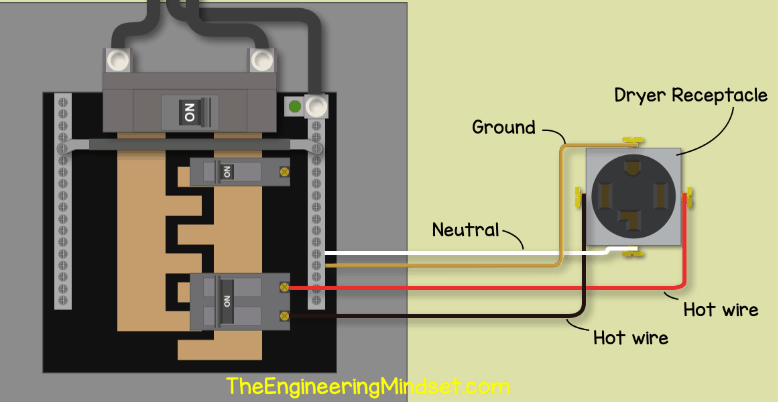- Thread Starter
- #21
As stated above, in the US a 240VAC plug is hot-hot-ground. A 120VAC plug is hot-neutral-ground. Equipment that expects neutral (i.e. zero potential, but separated from 'ground' for safety reasons) on that certain leg, if you wire hot to it, you're likely to blow it up; amateur electricians do this all the time wiring regular 110VAC circuits backwards.
If this model has an internal transformer, moving the taps or replacing the transformer seem like a far better idea. But again I'd let the manufacturer make that call, even if it is expensive.
Euro power would also be 50hz vice 60hz, which is generally not an issue with something like an amplifier but I wouldn't make that call for sure.
There are reasons these aren't easy-peasy conversions and why people aren't just regularly snapping up overseas bargains and running them on laundry dryer circuits.
For amplifiers I'd imagine the problem is only when going from 60 to 50Hz. If the bulk capacitors aren't +20-30% of what's strictly required (like is often done in higher end stuff so performance remains the same with more difficult loads).



